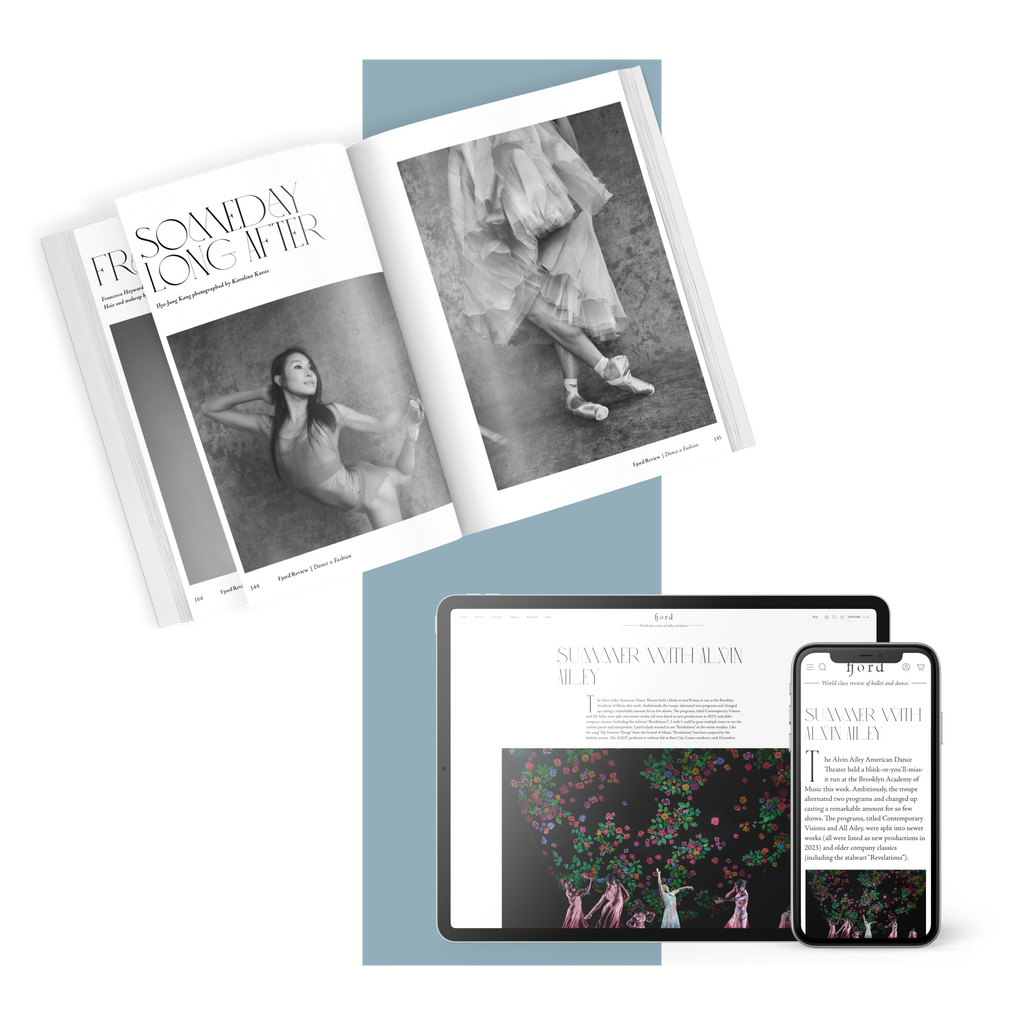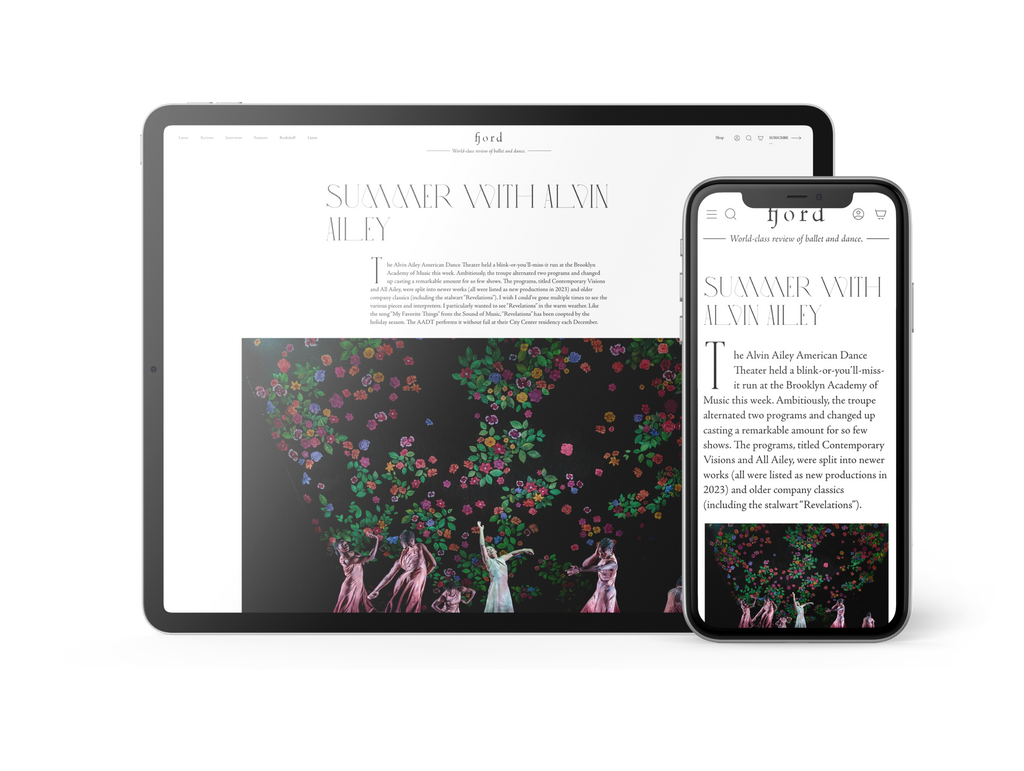Hair's the Thing
Around this time of year, we can all use a little cheer. The early darkness, the cold, the state of the world alone can send one into a spiral.
Continue Reading
World-class review of ballet and dance.
Sambas, waterslides, live chickens on stage—nobody does dance theatre like Pina Bausch. The late choreographer’s Wuppertal-based company has just wrapped up a tour of “Masurca Fogo,” created during a three-week residency in Lisbon in 1998 as part of her World Cities series, a collection inspired by the cultures of various urban locales, from Rome to Budapest to Los Angeles.
Performance
Place
Words

Tanztheater Wuppertal Pina Bausch in “Masurca Fogo.” Photograph by Zerrin Aydin-Herwegh


“Uncommonly intelligent, substantial coverage.”
Your weekly source for world-class dance reviews, interviews, articles, and more.
Already a paid subscriber? Login
Around this time of year, we can all use a little cheer. The early darkness, the cold, the state of the world alone can send one into a spiral.
Continue ReadingWill Tuckett’s new production of the “The Nutcracker” for the National Ballet of Japan serves up a holiday feast for the senses. Sweetly invigorating, it’s also a warm toddy for the soul. From start to finish, Tuckett’s “The Nutcracker” is truly a dream.
Continue ReadingBetween New York City Ballet’s “George Balanchine’s The Nutcracker®” and “The Magic Flute” at the Metropolitan Opera, it’s hard to compete with the Upper West Side’s holiday kid offerings.
Continue ReadingThe Sun King not only invented ballet in its modern form but in 1713 also founded the oldest ballet academy in the world.
Continue Reading
comments